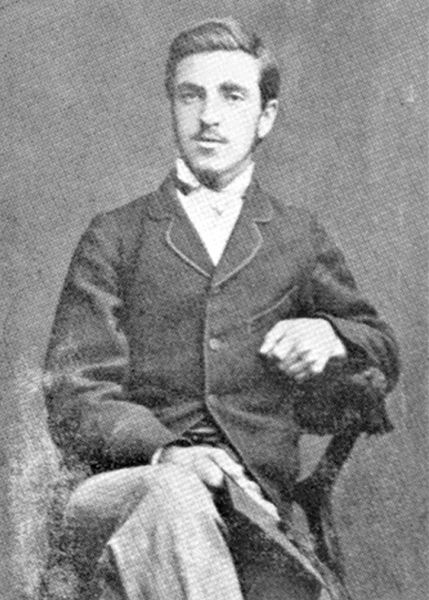Missionary Tongues, T. B. Barratt, and the Soon Coming King

Thomas Ball Barratt in 1878 (age 16).
An expert in European Pentecostal history, Geir Lie, introduces readers to his in-depth look at Pentecostal pioneer T. B. Barratt and the early emphasis of Pentecostals that has often been forgotten.
The history of Thomas Ball Barratt (1862-1940) and his role in the origins of not only the Pentecostal movement in Norway, but in most countries within Western Europe, is fairly well known among Pentecostal scholars. The purpose of this article is partly to challenge a previous claim that Norwegian Pentecostalism in its initial stage did not reflect the missionary tongues concept. What is implied by that claim is that speaking in tongues was not the most characteristic feature of the early Pentecostal movement, contrary to what many tend to believe. In fact, tongues speech was generally understood to be secondary to and arising out of what could be characterized as a millenarian belief system.
Early Pentecostals believed Christ’s imminent return would be preceded by a world-wide revival, and the gift of missionary tongues would function as a tremendous evangelistic tool.
In addition to strongly suggesting that the missionary tongues concept was also taught by Barratt during the first stage of his Pentecostal experience, this article will challenge the identification of the millennial thesis to have originated with Robert Mapes Anderson in his first edition of Vision of the Disinherited in 1979. This is a serious challenge since Anderson’s thesis was considered groundbreaking among American academicians. This same claim was set forth as early as 1928 in a Norwegian book entitled Dommedagsventing by author Thorstein Gunnarson. As the originator of Anderson’s millenarian thesis, Gunnarson should be duly credited.
Read the full article:
Geir Lie, “The Origin of T.B. Barratt’s Concept of ‘Missionary Tongues” Cyberjournal for Pentecostal-Charismatic Research #26 (November 2018).
Category: In Depth, Winter 2019


